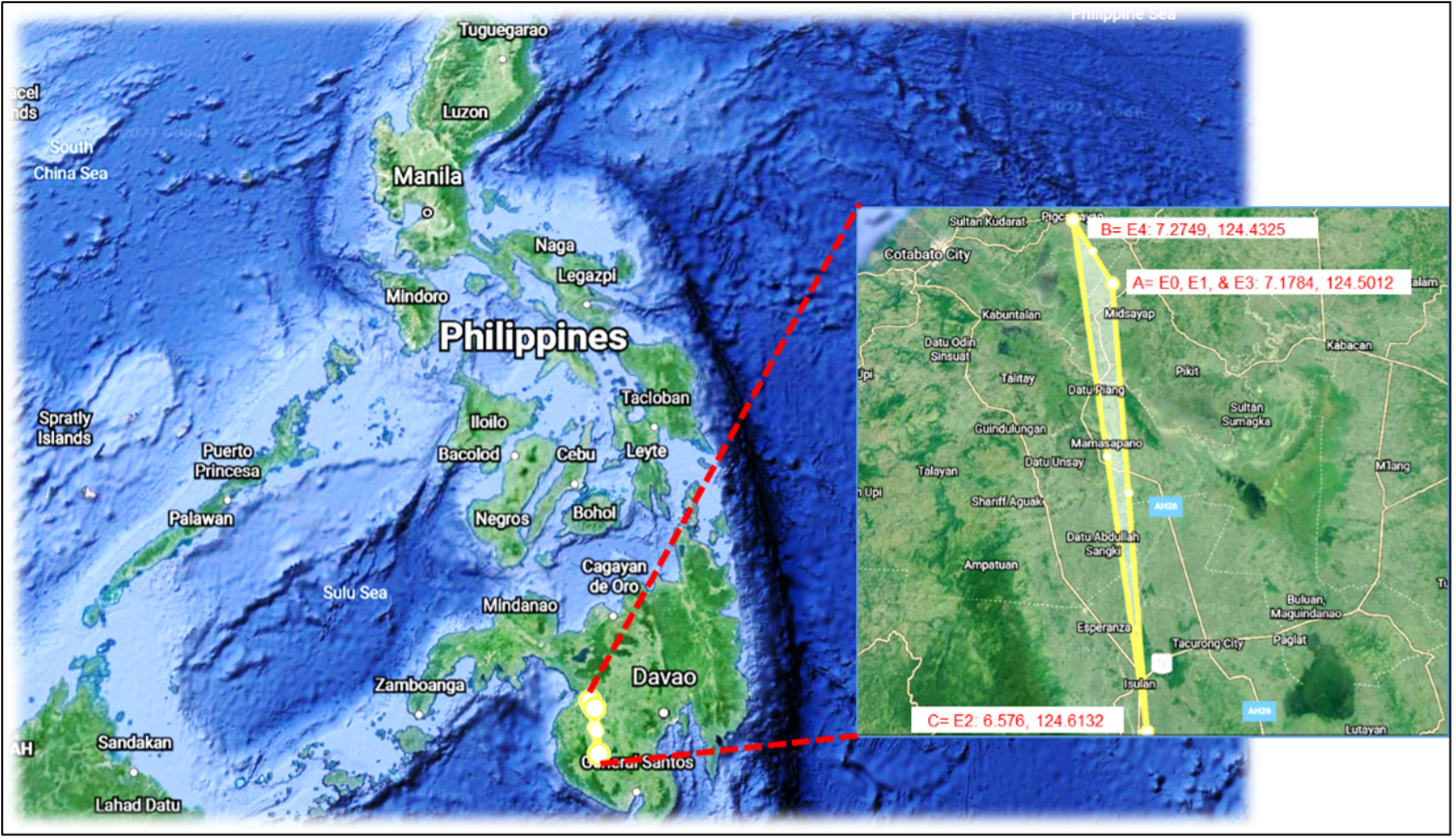VOLUME 14 NUMBER 2 (July to December 2021)

SciEnggJ. 2021 14 (2) 297-304
available online: December 31, 2021
*Corresponding author
Email Address: aldrincantila@gmail.com
Date received: June 19, 2021
Date revised: November 30, 2021
Date accepted: December 15, 2021
ARTICLE
Genotype main effects and genotype × environment interaction (GGE) analysis for grain yield of the hybrid rice varieties under rain-prone environment
Aldrin Y. Cantila*1,2 and Isagane V. Boholano1
1Philippine Rice Research Institute, Midsayap Experimental Station,
North Cotabato, Philippines
2School of Biological Sciences, The University of Western Australia,
Perth, WA Australia
North Cotabato, Philippines
2School of Biological Sciences, The University of Western Australia,
Perth, WA Australia
The stability of high yielding hybrid rice varieties is very important to meet food security. The grain yield (GY) stability of 13 hybrid rice varieties in multi-environment with type IV climate condition (E1, E2, E3, and E4) was analyzed using genotype main effects and genotype x environment interaction (GGE). Combined analysis of variance showed environment and genotype by environment (GxE) interaction which accounts 45% and 28% of the total variation, respectively, as the main factors influencing the GY significantly (p < 0.005). GGE biplots were generated using the two interaction principal components (PC1 and PC2) which accounts a total of 92.4% of the GxE effect for GY. GGE biplot analysis identified best performing genotypes for a specific environment like M1 (Mestizo 1), M60 (PAC 801), and M55 (Mestizo 55) at E1 and E2, M60 and M6 (SL-8H) at E3, and M6 at E4. M1 was ranked as top 1, M60 as top 2, M6 as top 3, and M55 as top 4 in four tested environments with a mean GY of 7.48, 7.40, 6.93, and 6.86 t/ha, respectively. Therefore, M1, M60, M6, and M55 should be recommended to rice farm areas of SOCCSKSARGEN and other places in the Philippines with type IV climate condition such as Davao regions.
© 2025 SciEnggJ
Philippine-American Academy of Science and Engineering